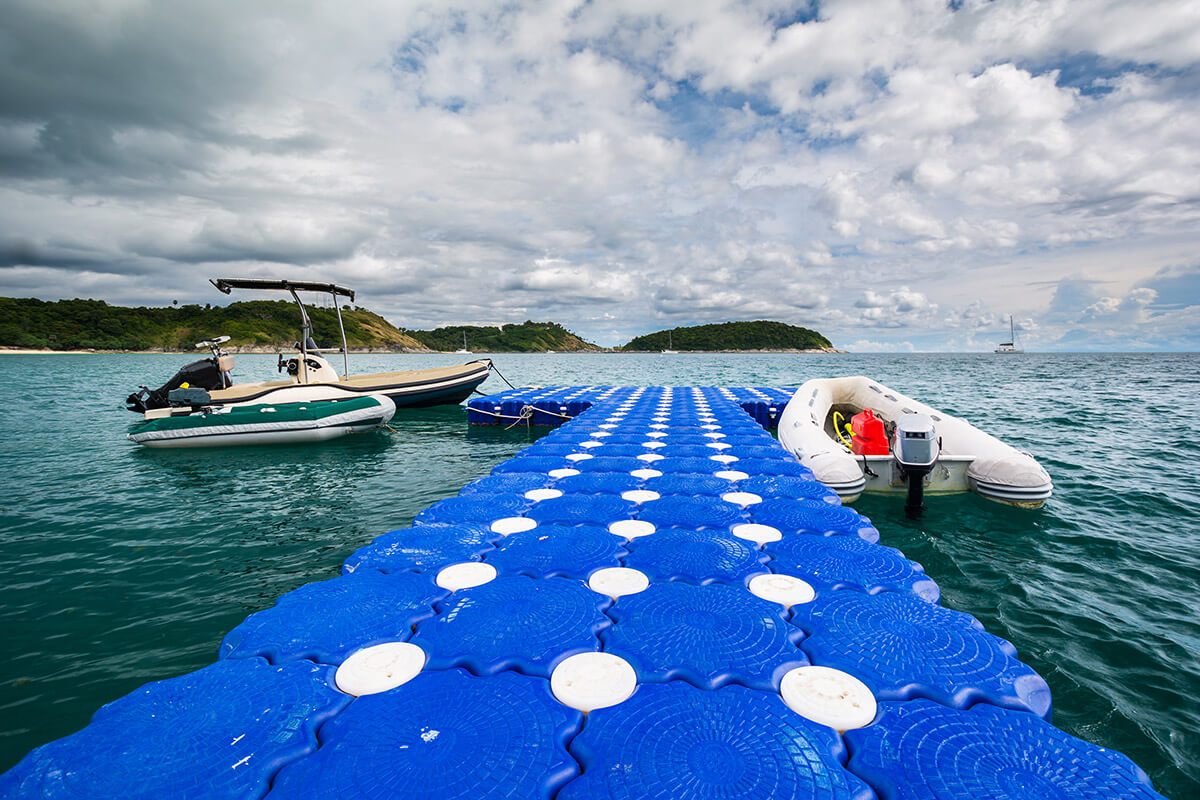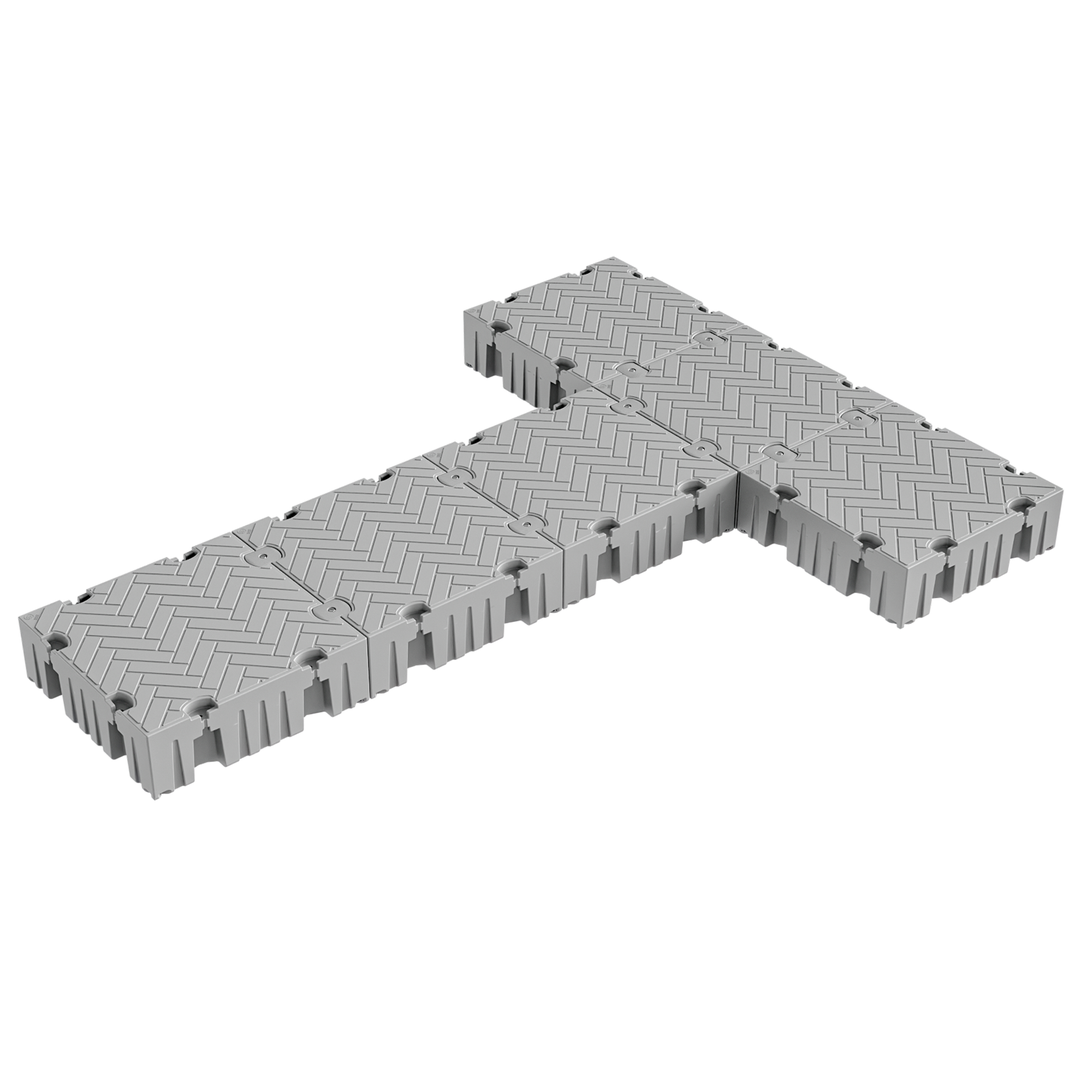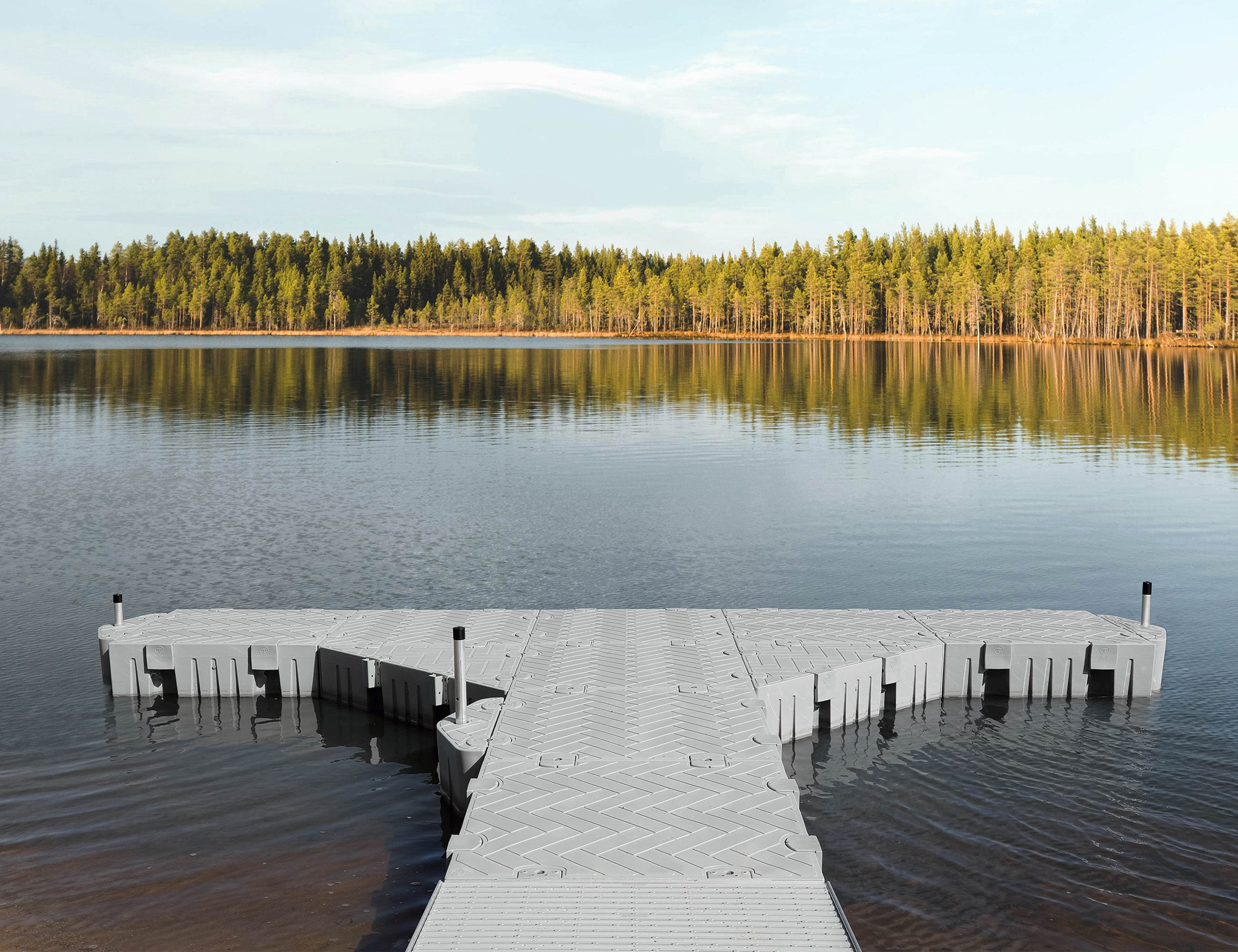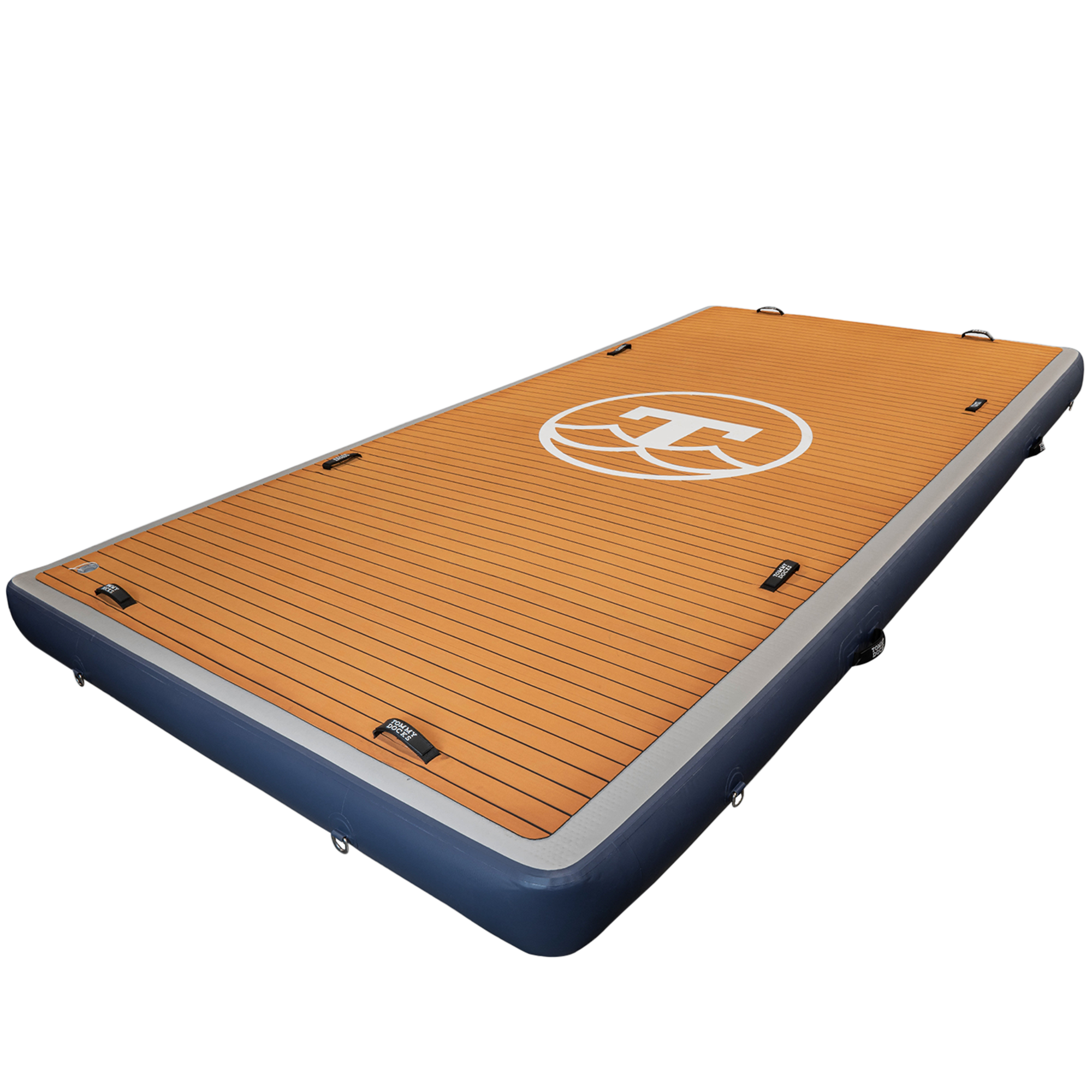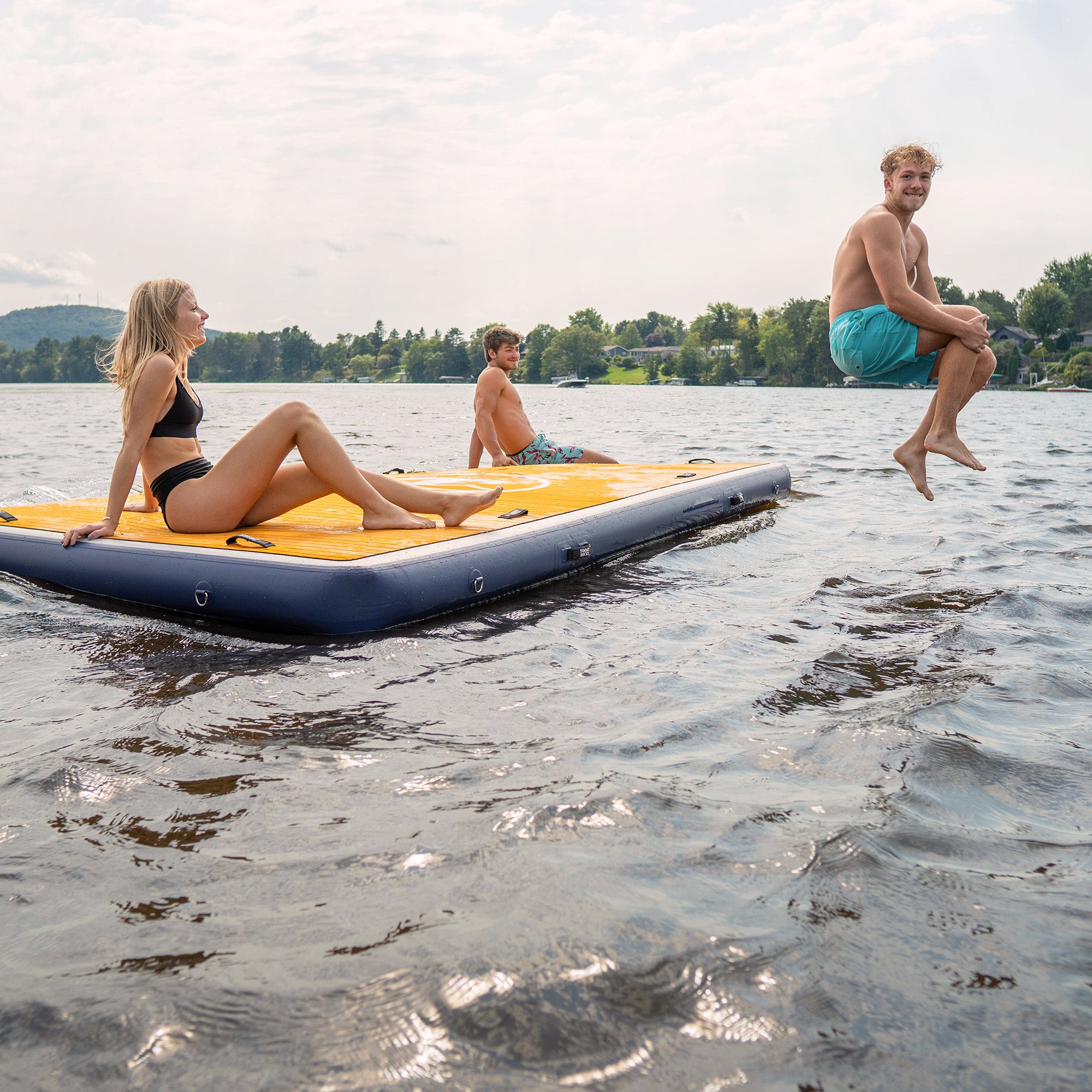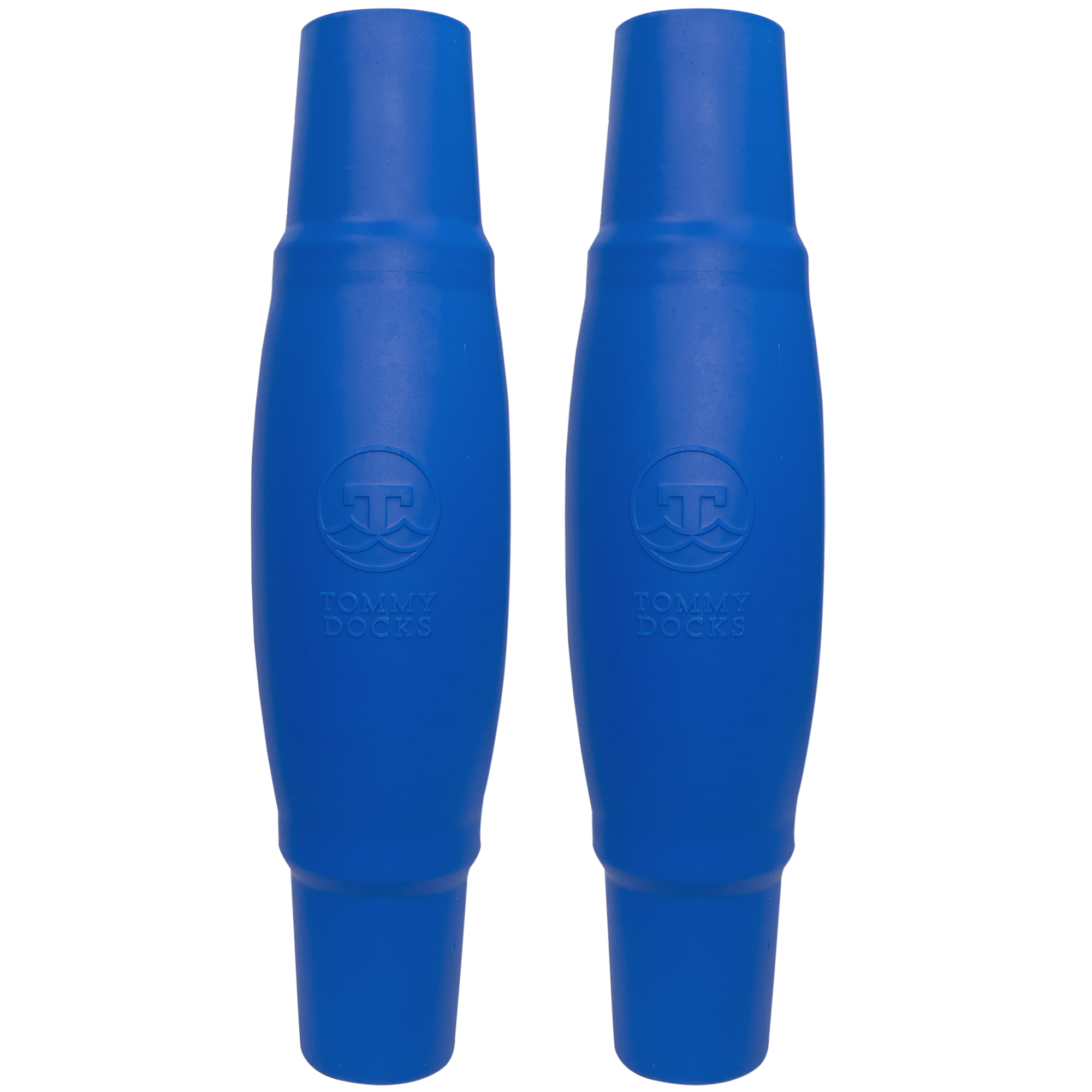Your floating dock is the gateway to incredible times. It might let you jump into your kayak and head out into the sunset. It could be where you tether your family canoe or even a larger watercraft. It allows you to get into and out of watercraft without getting your feet wet and without having to struggle with pushing off from the shore.
Floating docks are versatile, durable, and beautiful, but they do need the right care throughout the year to hold up to the rigors of exposure and lakeside life. What steps should you take to keep your floating dock in great shape? We’ve compiled seasonal care tips for floating docks below.
Spring Season
For most dock owners, spring is the time of year with the most work involved in maintaining things. Because it’s not yet blisteringly hot, many owners choose this time of year for their big annual chores, such as:
- Cleaning with a dock cleaner. This is a chemical wash that helps to remove tough stains, mold, and other threats while protecting the wood from the ravages of exposure. Using a dock cleaner every year may mean that you don’t need to take the next step – pressure washing.
- Pressure washing the dock to remove mold, algae, and other contaminants that might have built up over the winter. Even if you left your dock floating during the winter, now’s the time to really clean it well. If you decide that it’s time to pressure wash, there are a few tips you need to follow to prevent damaging the wood:
- Keep the tip about 12 inches from the wood.
- A fan tip is ideally suited to cleaning your wood without damaging it.
- Keep your pressure under 1500 PSI (1200 is even better) to prevent etching the wood.
- Softwoods like pine and cedar require even lower PSI ratings (think 600 or so).
- Sanding the dock. If you pressure wash, you might need to re-sand the boards so that they’re smooth and ready for peak season.
- Checking for areas of rust or rot where you might need to take more drastic action. If necessary, repair or replace damaged sections of your dock.
Summer Season
After the heavy lifting of spring cleaning and prep, summertime is a joy. There’s very little you need to do during this season. However, because your dock will see significantly more use during the summer months, there are a few tips to consider, particularly when it comes to preventative care.
- Protect the corners and sides of your dock. It’s all too easy to collide with your dock while trying to tie up, and even what seems like a gentle brush can lead to damage. Smart piloting and skillful parking are important, but you might want to invest in mats or pads depending on the size of your dock, the type of watercraft you use, and the frequency of impacts.
- Wash it off regularly. It’s tempting to just let those summer thundershowers wash away debris from usage, but that’s usually not enough. A lot of dirt, sand, grime, and other debris can collect on your deck during the summer, and regular cleaning is the only way to get rid of it.
- Keep an eye out for changes in condition. Look for boards warping, discoloration, and the beginnings of degradation. Spotting warning signs early on will help you avoid serious issues down the road.
Fall Season
Your usage season is probably winding down (unless you live way down south). As you begin to use the dockless, keep an eye out for potential issues – check things like the angle of your floating dock, look for signs of wear and tear, and generally make sure that things are in good condition. Take a look at all of your dock hardware, including corner brackets, straight brackets, and other visible parts to make sure they’re in good condition and undamaged.
Winter Season
With winter on the way, it’s time for a little more heavy lifting. The most common winter maintenance steps for floating docks include the following:
- Remove your dock. Some people choose to pull their floating docks out of the water during the winter, as this avoids several other maintenance steps. Store it somewhere dry and out of the way, and you’re good to go.
- Store the accessories away. You’ll need to find a home for anything that usually stays on or near the dock, including chairs and tables. Your garage or storage building will be the ideal option.
- Tie your dock in place. Winter storms can be pretty strong, and tying your dock to the shoreline helps ensure that it stays put (removing it is the safer option).
- Clean the dock well. You should scrub the dock now to remove mold, algae, sand, dirt, and other debris. You may want to use a deck cleaner.
- Make sure that ice won’t be a threat. All docks can be damaged when the water ices over, floating docks included. Again, if you’ve removed your dock, this isn’t an issue, but if it remains in place, or even onshore, you’ll need to think about ice buildup and find ways to mitigate it.
What about Staining?
If you’re paying attention and have a floating wooden dock, you’re probably wondering where staining comes in. It depends on your other maintenance steps. For many dock owners, staining is only necessary every three to four years.
However, heavy-duty pressure washing and sanding could make staining an annual task. You’ll need to consider your needs and maintenance schedule so that you can plan accordingly. Remember that stain is about more than just prettifying the dock. It helps to protect the wood and makes your investment last much longer.
A Little TLC Will Keep Your Dock Beautiful for Longer
While the maintenance tips above might seem like a lot of work, it’s not that challenging. Plus, taking a proactive stance lightens your load while keeping your dock looking great for much longer.
Contact Tommy Docks today for any of your Dock Kits, Dock Hardware, or Dock Accessory needs!

